Elevate Your Business with atmosol
We are a global technology consultancy specializing in digital product development, web development, and eCommerce development & support. With development centers in the US and India, and additional account and project management offices in six European cities, our services can be tailored to suit our customers’ preferences and budget
Let us help you make your next idea a reality!
eCommerce Technology Services
Our eCommerce technology team is here for businesses to aid in everything related to eCommerce including platform selection, build and launch , migration, and ongoing support of eCommerce stores, enabling our clients to focus on running the business. Boost your conversions and stay ahead of the competition with our cutting-edge ecommerce development services.
Software Product Engineering
Our product engineering experts partner with ISVs and startups to help them move the product forward. This could mean taking a rough idea to MVP and product market fit or simply augmenting an in-house team to expand capacity or anything in between.
Digital Marketing & SEO
Our marketing team enables small to medium businesses to get the most of their digital marketing dollars by building customized strategies that target the best audiences in the right channels for optimum impact. We then fine-tune it using campaign data to continuously improve reach and conversion.
UI/UX Design Services
Our user experience specialists build visuals and user journeys to craft seamless digital experiences that effortlessly guide users toward their goals. With our expertise, your website or application will not only look stunning but also deliver a delightful and frictionless user experience.
Professional Software & Applications Services
atmosol Software Product Engineering
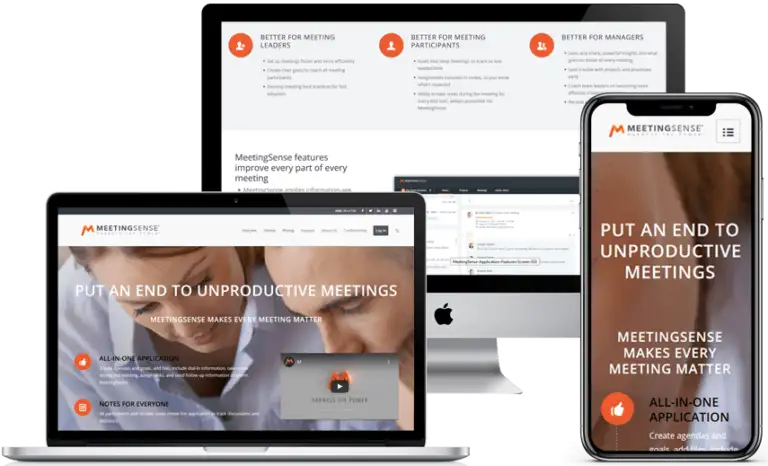
Effective Software Solutions
We have built award-winning products for our clients that support millions of concurrent users on multiple public clouds. In addition, we also build and market our own successful SaaS products that have achieved market fit. Our clients appreciate that we are able to offer advice on how to convert an idea into a marketable product.
Trusted eCommerce Solutions Experts
Supported eCommerce Platforms
Magento Open Source and Adobe Commerce hosted by Adobe are powerful eCommerce platforms that offer a sizeable feature set and flexibility but require businesses to manage updates and/or hosting. atmosol has built and managed Magento stores for over a decade. We provide end-to-end solutions that enhance our client’s store performance, security, and user experience.
BigCommerce is an Open SaaS eCommerce platform with robust APIs that provides the flexibility that businesses need while not having to worry about hosting or software updates. Our skilled team of certified BigCommerce experts will leverage their in-depth knowledge to create a tailored eCommerce solution that aligns perfectly with your business goals.
Shopify is a SaaS eCommerce platform that focuses on straightforward eCommerce requirements that enable businesses to stand up stores quickly. While implementation is relatively simple, clients come to us when they need superior user experiences or extended functionality through custom extensions. Ignite your online business with our exceptional Shopify development services
From SEO to PPC Management, we got you covered
Digital Marketing & SEO
Data-Driven Marketing Solutions
Data is the lifeblood of commerce, and entrepreneurs who understand this are in a better position to succeed. By collecting and analyzing your data, we can identify your customer trends and patterns, make informed decisions about marketing campaigns, and optimize your product offerings. In addition to helping you strategize for long-term success, we can also help you with hands-on execution.
Modern UI/UX/UXR Solutions
User Interface & User Experience Design

Design, UX, & Branding Experts
User experience (UX) is all about creating experiences that differentiate your brand and simplify the user journey. Our UX experts are trained in user research, competitor analysis, user personas, storyboarding, wireframing, prototyping, and implementation all of which are crucial for creating websites and products that users love. Elevate your digital presence and drive customer loyalty with our top-of-the-line UX design and development services.
Our Clients Trust Us
We Deliver High Performing Solutions

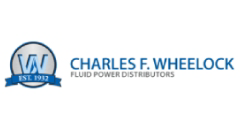
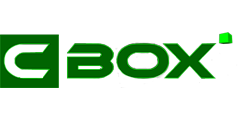
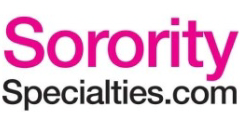

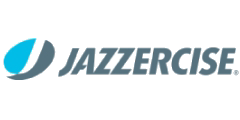

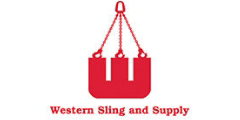

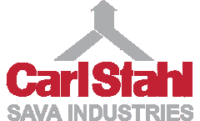
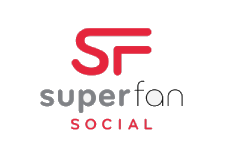
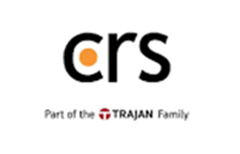





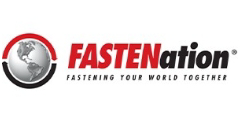



























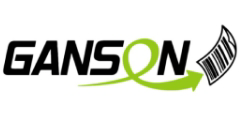





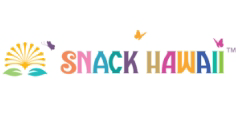

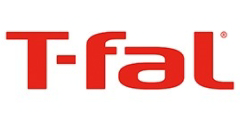
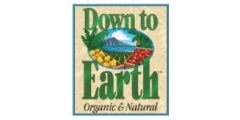
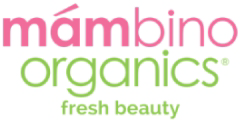
What are they saying?
Client Testimonials
 Our work was fairly complex due to the high level of interaction between users of the system. ... turn around the first cut of the features within a month or two which made me very comfortable that they have the technical ability to deliver a complex project.
Our work was fairly complex due to the high level of interaction between users of the system. ... turn around the first cut of the features within a month or two which made me very comfortable that they have the technical ability to deliver a complex project. 
 We have been partnered with atmosol for many years mainly due to the level of expertise of their development team. They have helped us on the Amazon Webstore platform and now on Magento Commerce (formerly Enterprise) and have always provided a top-notch level of service.
We have been partnered with atmosol for many years mainly due to the level of expertise of their development team. They have helped us on the Amazon Webstore platform and now on Magento Commerce (formerly Enterprise) and have always provided a top-notch level of service. 
 We have been extremely satisfied with the quality of work and of the people... and it’s great for me to be able to speak with a senior technologist in the US. They have been my primary software development partner for over 12 years and I simply hire more resources with them as my business grows.
We have been extremely satisfied with the quality of work and of the people... and it’s great for me to be able to speak with a senior technologist in the US. They have been my primary software development partner for over 12 years and I simply hire more resources with them as my business grows. 
 atmosol did a great job in bringing
us the Nextopia and ShipperHQ relationship. The assigned atmosol Project
Manager did a wonderful job at assisting
us when we were struggling. The atmosol
developer did an amazing job at providing Nextopia search on a dynamically
created page. She was also able to continue providing product search with each
subsequent Product Find search. To do
this with pages created on the fly… AMAZING!!! This was an amazing accomplishment. Major Kudos
atmosol did a great job in bringing
us the Nextopia and ShipperHQ relationship. The assigned atmosol Project
Manager did a wonderful job at assisting
us when we were struggling. The atmosol
developer did an amazing job at providing Nextopia search on a dynamically
created page. She was also able to continue providing product search with each
subsequent Product Find search. To do
this with pages created on the fly… AMAZING!!! This was an amazing accomplishment. Major Kudos 
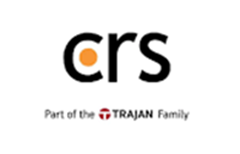 We would absolutely recommend atmosol to anyone needing eCommerce website development services. They do a thorough job and the team had that higher skillset that we were looking for in our Magento store project.
We would absolutely recommend atmosol to anyone needing eCommerce website development services. They do a thorough job and the team had that higher skillset that we were looking for in our Magento store project. 
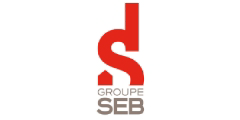 atmosol has been a very critical partner to our success. If we did not have their responsiveness if we did not have their support, and the personalized team that works with us, we would not be where we’re at today.
atmosol has been a very critical partner to our success. If we did not have their responsiveness if we did not have their support, and the personalized team that works with us, we would not be where we’re at today.

 atmosol upgraded our site's framework from blueprint to Stencil, a much-needed enhancement. We chose them because of their technical prowess, and they delivered on that. We had a complex site with complex inventory/catalog management practices and the development team was able to assess our current situation and provide solutions which accommodated our needs and our wallet. They were flexible and accommodating with unforeseen things that arose, thinking outside the box in some cases and more standardized in others, ultimately saving us time and money.
atmosol upgraded our site's framework from blueprint to Stencil, a much-needed enhancement. We chose them because of their technical prowess, and they delivered on that. We had a complex site with complex inventory/catalog management practices and the development team was able to assess our current situation and provide solutions which accommodated our needs and our wallet. They were flexible and accommodating with unforeseen things that arose, thinking outside the box in some cases and more standardized in others, ultimately saving us time and money. 
 The team is great to work with! Each member I have encountered has been professional, courteous, and I have always received proficient service from them. I have the utmost respect for the team and company as it is a give and take relationship...Our site looks awesome, and I could not have asked for more from them.
The team is great to work with! Each member I have encountered has been professional, courteous, and I have always received proficient service from them. I have the utmost respect for the team and company as it is a give and take relationship...Our site looks awesome, and I could not have asked for more from them. 
 atmosol has helped to convert my Amazon Webstore to a Shopify store. They have done a great job through out the conversions and have even built a better, more attractive store. Our sales have increased tremendously since switching over to Shopify. I highly recommend their services in building Shopify stores.
atmosol has helped to convert my Amazon Webstore to a Shopify store. They have done a great job through out the conversions and have even built a better, more attractive store. Our sales have increased tremendously since switching over to Shopify. I highly recommend their services in building Shopify stores. 
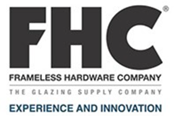 Thanks to atmosol for your professionalism and communication through this initial process. I'll be relying on your experience to assist throughout. Kudos to you and your team for listening and communicating well.
Thanks to atmosol for your professionalism and communication through this initial process. I'll be relying on your experience to assist throughout. Kudos to you and your team for listening and communicating well. 
Ready to talk?
Do you have a project or online store you’d like to collaborate on? Drop us a line!



